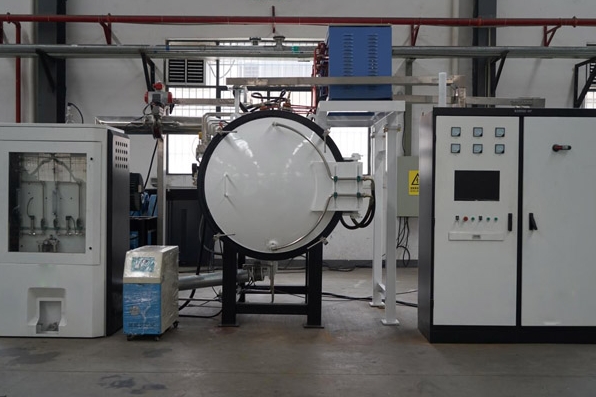- 24
- Jan
Sharing of leak inspection methods for vacuum furnaces
Sharing of leak inspection methods for vacuum furnaces
(1) After testing the pressure rise rate according to the pressure rise rate test method, if the vacuum in the furnace of the vacuum furnace keeps dropping and the vacuum of the pipeline remains unchanged, it indicates that there is a leak in the furnace of the vacuum furnace. At this time, a helium mass spectrometer leak detector should be used to detect possible leaks in the vacuum furnace furnace, focusing on checking the heating electrode, the thermocouple mounting hole and the thermocouple itself, the gas connection flange and the gas filling valve, the furnace door, The connection between the pressure gauge and the pressure sensor, the connection of the vacuum gauge tube, etc., where there is an interface with the outside; for the vacuum furnace, the heat exchanger should also be checked for leaks, usually the heat exchanger of the internal circulation equipment is inside the equipment, It is difficult to check, you can use the method of introducing helium gas into the interface of the cooling water pipe of the heat exchanger to check the leak.
(2) If the vacuum on the vacuum pipeline drops quickly, and the vacuum in the vacuum chamber remains better or slightly increased, the vacuum pipeline and vacuum pump system should be leak-checked.
(3) If the vacuum degree of the vacuum pipeline and the vacuum chamber has been decreasing, the vacuum valve should also be checked.

